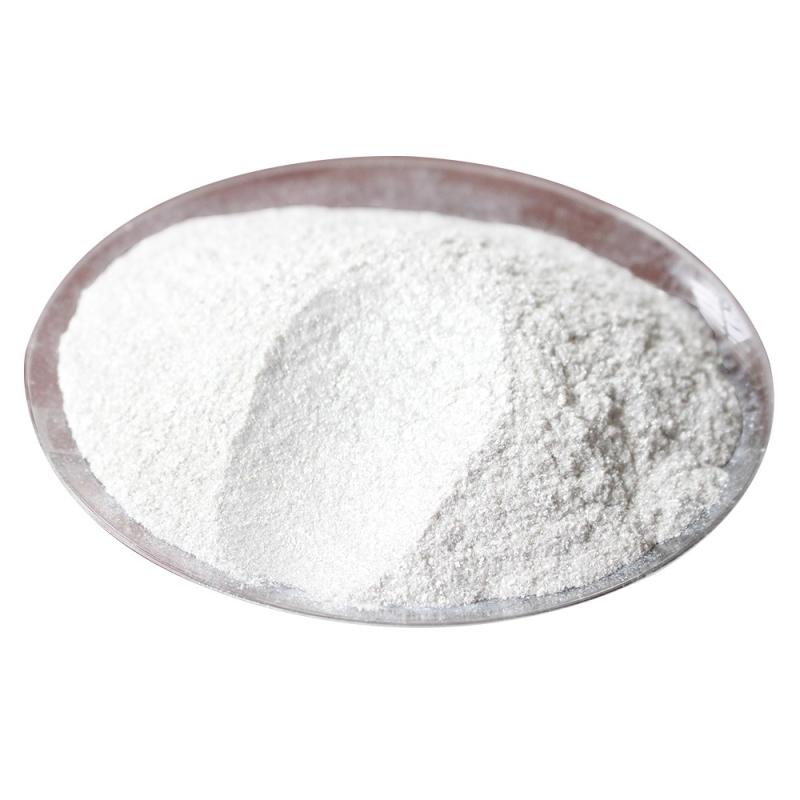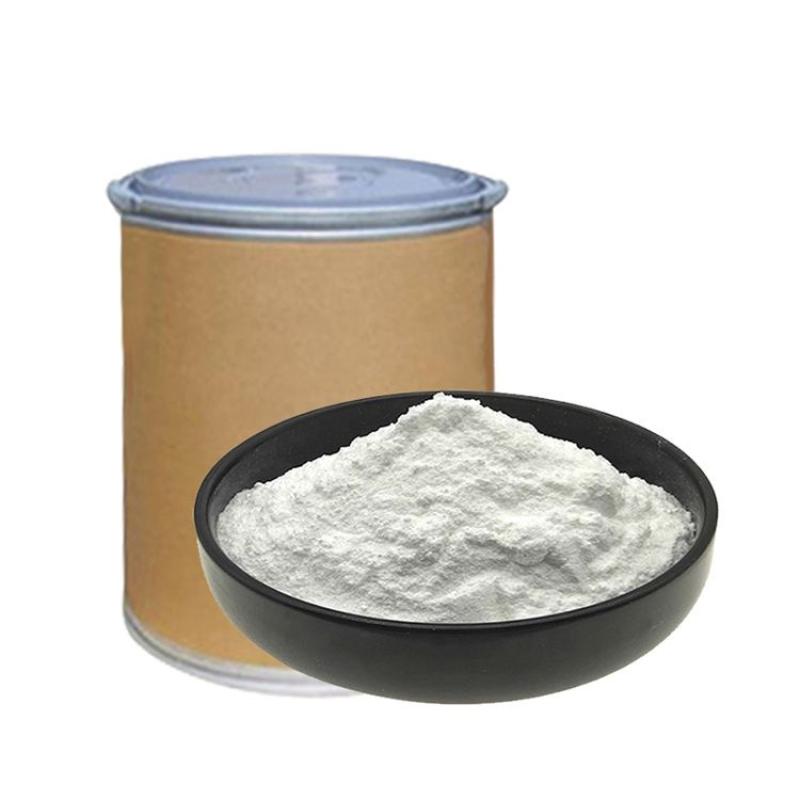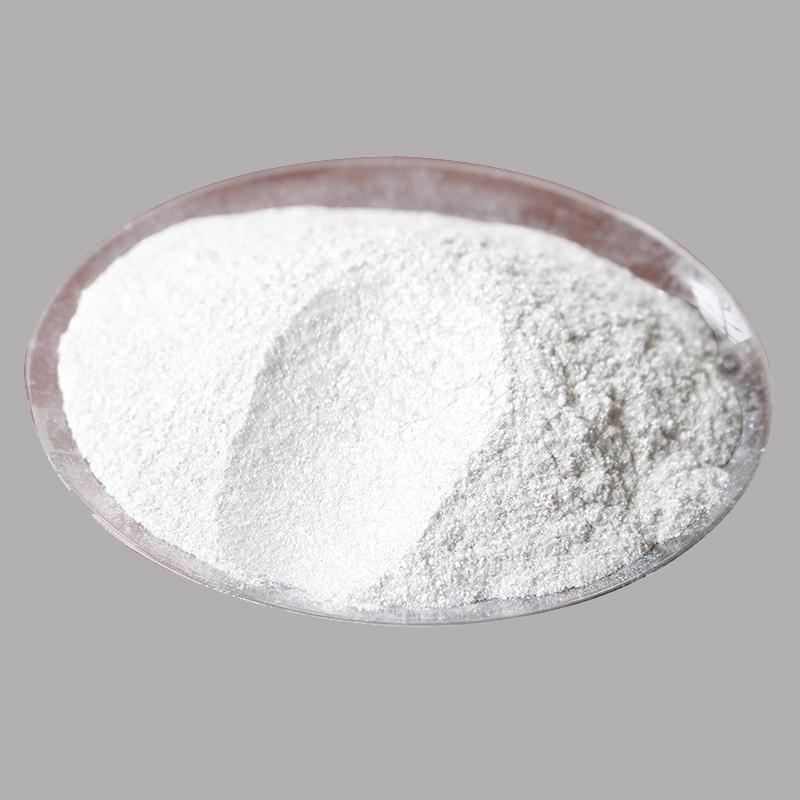Product description:Propolachlor, also referred to as saufort, is mainly used for directly sown rice fields. it has the traits of secure rice boom, extensive weed control spectrum and proper weed manage impact. it could essentially manipulate the damage of weeds in the whole boom length.
Contacter maintenant
Common name: PretilachlorProduct description:Propolachlor, also known as Saufort, is mainly used in direct-seeded rice fields. Correctly mastering the method of use has the characteristics of safe growth of direct-seeded rice, broad weed-killing spectrum, and good weeding effect. It can basically control the damage of weeds throughout the growth period.
Contacter maintenant
Usage:Pyrethroid is a tactile, gastrotoxic pyrethroid insecticide. used to control pests on cotton, veggies, tobacco and other crops.Chemical name: (1R,3R)-3-((Z)-2-Chloro-3,3,3-trifluoro-propenyl)-2,2-dimethyl-cyclopropanecarboxylic acid (S)-cyano-(3-phenoxy-phenyl)-methyl esterMolecular formula: C23H19ClF3NO3Structural formula:Molecular weight: 449.85CAS No. : 91465-08-6Physical and chemical properties:Pure product is white solid, industrial product is light yellow solid.
Contacter maintenant
Structural formula:Molecular weight: 350.59CAS No. : 2921-88-2Product description:Chlorpyrifos (CPS), also known as Chlorpyrifos ethyl, is an organophosphate pesticide used on crops, animals, and buildings, and in other settings, to kill a number of pests, including insects and worms. It acts on the nervous systems of insects by inhibiting the acetylcholinesterase enzyme. Chlorpyrifos was patented in 1966 by Dow Chemical Company. Chlorpyrifos is considered moderately hazardous to humans by the World Health Organization based on its acute toxicity.
Contacter maintenant
Product description:Chlorpyrifos (CPS), also known as Chlorpyrifos ethyl, is an organophosphate pesticide used on crops, animals, and buildings, and in other settings, to kill a number of pests, including insects and worms. It acts on the nervous systems of insects by inhibiting the acetylcholinesterase enzyme. Chlorpyrifos was patented in 1966 by Dow Chemical Company.Structural formula:Molecular weight: 350.59CAS No. : 2921-88-2 Chlorpyrifos is considered moderately hazardous to humans by the World Health Organization based on its acute toxicity.
Contacter maintenant
Product description:Imidacloprid is a systemic insecticide belonging to a category of chemicals referred to as the neonicotinoids which act on the significant apprehensive system of bugs. the chemical works via interfering with the transmission of stimuli in the insect nervous machine. in particular, it causes a blockage of the nicotinergic neuronal pathway. by blockading nicotinic acetylcholine receptors, imidacloprid prevents acetylcholine from transmitting impulses between nerves, ensuing inside the insect's paralysis and eventual death.
Contacter maintenant
Thiamethoxam is a extensive-spectrum, systemic insecticide, which means that it's miles absorbed speedy with the resource of plant life and transported to all of its components, which includes pollen, in which it acts to discourage insect feeding.[citation needed] an insect can absorb it in its belly after feeding, or via direct contact, which includes thru its tracheal device.
Contacter maintenant
Physical and chemical properties:The pure product is a white solid. m.p.230℃ (decomposition). it's miles infrequently soluble in wellknown organic solvents; its solubility in water is 1.2% at 25°c. normally made into glyphosate amine salt, consisting of isopropylamine salt, dimethylamine salt, and so on., can also be made into sodium salt. the glyphosate salt is soluble in water.Common name: GlyphosateChemical name: N-(Phosphonomethyl)glycineMolecular formula: C3H8NO5PStructural formula:Molecular weight: 169.07CAS No.
Contacter maintenant
Chemical name of Indoxacarb products:methyl 7-chloro-2-[methoxycarbonyl-[4-(trifluoromethoxy)phenyl]carbamoyl]-3,5-dihydroindeno[1,2-e][1,3,4]oxadiazine-4a-carboxylate;Physical and chemical properties of Indoxacarb products:Molecular weight : 527.834Density: 1.53Melting point: 139-141 DHS CBoiling point: 571.4ºC at 760 mmHgFlash: DHS 299.3 CMolecular formula :C22H17ClF3N3O7Toxicity of Indoxacarb products(DAPX-MP062) acute transoral: LD50: male 1730mg/kg, female 268mg/kg: rabbit acute transcutaneous LD50: & GT; 5000 mg/kg.
Contacter maintenant
Product description:emamectinbenzoate, emamectinbenzoate for brief, it is the result of the derivatization observe on the hydroxyl institution of four "-(α -1-zetan fructose-organization)-α -1-zetan fructose with the aid of merck in 1984.
Contacter maintenant
Structural formula:Deltamethrin is a pyrethroid composed of a single stereoisomer, of a possible 8 stereoisomers, selectively prepared by using the esterification of (1r,3r)- or cis-2,2-dimethyl-3-(2,2-dibromovinyl)cyclopropanecarboxylic acid with (alpha,s)- or (+)-alpha-cyano-three-phenoxybenzyl alcohol or by way of selective recrystallization of the racemic esters acquired by esterification of the (1r,3r)- or cis-acid with the racemic or (alpha-r, alpha-s, or alpha-r/s)- or + or − alcohol.Molecular weight: 505.2CAS No.
Contacter maintenant
Product description:Fenvalerate is a synthetic pyrethroid insecticide. it is a aggregate of 4 optical isomers that have one-of-a-kind insecticidal sports. the 2-s alpha (or ss) configuration, referred to as esfenvalerate, is the maximum insecticidally lively isomer. fenvalerate includes about 23% of this isomer.Fenvalerate is an insecticide of moderate mammalian toxicity. In laboratory animals, central nervous system toxicity is observed following acute or short-term exposure.
Contacter maintenant
Common name: BETA-CYPERMETHRINChemical name: Cyano(3-phenoxyphenyl)methyl 3-(2,2-dichlorovinyl)-2,2-dimethylcyclopropanecarboxylateMF: C22H19Cl2NO3MW: 416.29716CAS: 86752-99-0Structural formula: Product description: Beta-cypermethrin is a pyrethroid pesticide, which is a kind of synthetic pesticide similar to natural pyrethrin in structure. Its molecule is composed of two parts: inulin and alcohol.Beta-cypermethrin is used to control agricultural pests by touching and gastric toxicity.
Contacter maintenant
Alachlor is an herbicide from the chloroacetanilide family. It is an odorless, white solid. The greatest use of alachlor is for control of annual grasses and broadleaf weeds in crops. Use of alachlor is illegal in the European Union and no products containing alachlor are currently registered in the United States.Its mode of action is elongase inhibition, and inhibition of geranylgeranyl pyrophosphate (GGPP) cyclisation enzymes, part of the gibberellin pathway. Common name: AlachlorChemical name: 2-chloro-N-(2,6-diethylphenyl)-N-(methoxymethyl)acetamide; Molecula
Contacter maintenant
Common name: DicambaChemical name:3,6-Dichloro-2-methoxybenzoic acidMolecular formula: C8H6Cl2O3Structural formula:Molecular weight: 221.04CAS No. : 1918-00-9 Physical and chemical properties:The pure product is white crystal, m.p. 114~116℃, flash point 150℃, decomposes at 200℃, relative density 1.57 (25℃), vapor pressure 0.5Pa (100℃). Solubility at 25°C: 922g/L ethanol, 760g/L isopropanol, 810g/L acetone, 130g/L toluene, 260g/L dichloromethane, 1180g/L dioxane, 6.5g/L water.
Contacter maintenant
Physical and chemical properties:The pure product is colorless crystal, m.p. 177~178℃ (decomposition), without difficulty soluble in dimethylformamide and chloroform; soluble in acetone, methanol, ethanol, ethyl acetate, dioxane; insoluble in water. stable to acid and alkali. business merchandise are light yellow crystals.Common name: Thiophanate-MethylChemical name: Dimethyl N,N′-[1,2-phenylenebis(azanediylcarbonothioyl)]dicarbamateMolecular formula: C12H14N4O4S2Structural formula:Molecular weight: 342.39CAS No.
Contacter maintenant
Usage:Profenofos can be used on a spread of plants which includes cotton and veggies inclusive of maize, potato, soybean, and sugar beet. inside the usa it's far used exclusively on cotton and is more often than not used against lepidopteran bugs.Combined with phoxim, cypermethrin, beta-cypermethrin imidacloprid and deltamethrin, profenofos may be used in opposition to cotton mealybug, cabbage caterpillar, plutella xylostella and asparagus caterpillars, as well as in opposition to wheat and cabbage aphids.Structural formula:Molecular weight: 373.63CAS No.
Contacter maintenant
Common name: CLOPYRALIDChemical name: 3,6-dichloropyridine-2-carboxylic acidMolecular formula: C6H3Cl2NO2Structural formula: Molecular weight: 192CAS No. : 1702-17-6Product description:Clopyralid is a systemic phytohormone-type herbicide, which is a product of Dow Company in the United States. It has good herbicidal effects and strong selectivity. Entered the U.S. market in 1987 to control annual or perennial broad-leaved weeds in corn and sugar beet fields.
Contacter maintenant
Common name: FIPRONILChemical name: 5-amino-1-[2,6-dichloro-4-(trifluoromethyl)phenyl]-4-[(trifluoromethyl)sulfinyl]-1H-pyrazole-3-carbonitrileMolecular formula: C12H4Cl2F6N4OSStructural formula: Molecular weight: 437.15CAS No.
Contacter maintenant
Common name: ImazapicChemical name: 3-Pyridinecarboxylic acid, 2-[4,5-dihydro-4-methyl-4-(1-methylethyl)-5-oxo- 1H-imidazol-2-yl]-5-methyl-Molecular formula: C14H17N3O3Structural formula:Molecular weight: 275.3CAS No. : 104098-48-8Product description:Imazapic is a sulfonylurea systemic conduction typepost-emergence selective herbicide. After the stems and leaves are treated, they can be absorbed by the stems, leaves and roots of weeds.
Contacter maintenant
Common name: ImazamoxChemical name:(RS)-2-(4-isopropyl-4-methyl-5-oxo-2-imidazolin-2-yl)-5-methoxymethylnicotinic acidMolecular formula: C15H19N3O4Structural formula:Molecular weight: 305.33CAS No. : 114311-32-9 Physical and chemical properties:This product is solid. m.p.166~166.7℃, vapor pressure<1.3×10-5Pa. The solubility is: methylene chloride 14.3g/100L, methanol 6.68g/100L, acetone 2.93g/100L, acetonitrile 1.85g/100L, ethyl acetate 1.02g/100L, n-hexane 0.0006g/100L, partition coefficient 5.36 (25℃) ).
Contacter maintenant
Chlorfenapyr is converted into lively materials (insecticidal activity) via multifunctional oxidases in bugs. note: multifunctional oxidase mainly plays an important function in the interpretation of pyrethroids, organophosphorus and macrolides.Common name: CHLORFENAPYRChemical name: 4-bromo-2-(4-chlorophenyl)-1-ethoxymethyl-5-trifluoromethylpyrrole-3-carbonitrile Molecular formula: C15H11BrClF3N2OStructural formula:Molecular weight: 407.61CAS No. : 122453-73-0Physical and chemical properties:Pure white solid. M.p.
Contacter maintenant
Usage:Systemic conduction broad-spectrum herbicide. It mainly inhibits the enol acetonyl shikimidin phosphate synthase in plants, thereby inhibiting the conversion of shikimate to phenylalanine, tyrosine and tryptophan, which interferes with protein synthesis and causes plant death. It was originally used in rubber plantations to control thatch and other weeds, which can make rubber trees tapped one year earlier and are produced by old rubber trees. It is now gradually spread to forestry, orchards, mulberry gardens, tea gardens, rice-wheat, rice and rapeseed rotation fields.
Contacter maintenant
Common name: EMAMECTIN-BENZOATEChemical name:(4''R)-4''-DEOXY-4''-(METHYLAMINO)AVERMECTIN B1 BENZOATE Molecular formula: C49H77NO13Structural formula:Molecular weight: 888.13CAS No. : 155569-91-8Product description:Emamectinbenzoate, emamectinbenzoate for short, It is the result of the derivatization study on the hydroxyl group of 4 "-(α -1-zetan fructose-group)-α -1-zetan fructose by Merck in 1984.
Contacter maintenant


































